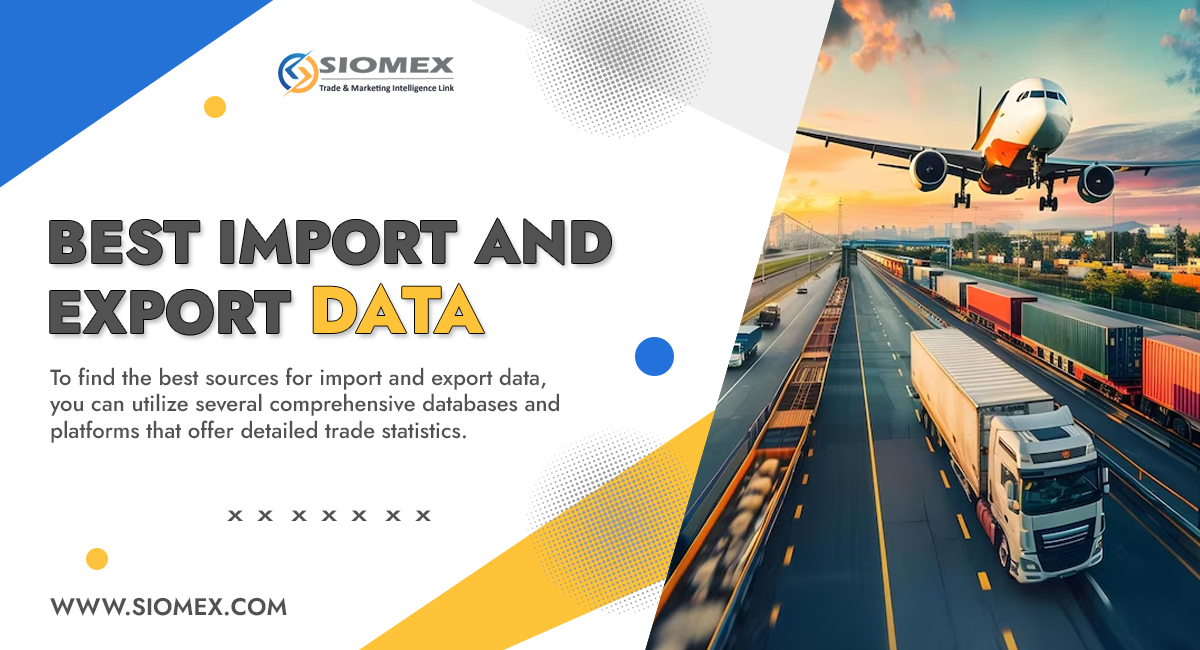Lease vs. Buy: A Head-to-Head Showdown for Your Office’s Printing Needs

In the realm of office operations, the decision between leasing and buying office print equipment is a perennial debate, and when it comes to printing needs, this debate is particularly intense. Office printing is a critical aspect of day-to-day business activities, and the choice between leasing and buying printers and copiers can have significant financial implications for any organization. In this comprehensive analysis, we’ll delve into the nuances of leasing versus buying printing equipment for your office, weighing the pros and cons to help you make an informed decision tailored to your specific needs.
Understanding the Basics: Lease vs. Buy
Before diving into the intricacies of leasing and buying printing equipment, it’s essential to grasp the fundamental differences between the two options.
Leasing:
Leasing involves renting equipment from a third-party provider for a specified period, typically ranging from one to five years. During the lease term, the lessee (the office) pays a monthly fee for the equipment’s use. At the end of the lease term, the lessee may have the option to purchase the equipment at a predetermined price, return it, or upgrade to newer models.
Buying:
Buying, on the other hand, entails purchasing the equipment outright, either through cash payment or financing. Once bought, the office assumes full ownership of the equipment, including all associated responsibilities for maintenance, repairs, and eventual disposal or resale.
Pros and Cons of Leasing Printing Equipment:
Pros:
- Lower Initial Costs: Leasing typically requires little to no upfront payment, making it an attractive option for businesses with limited capital or those looking to preserve cash flow.
- Access to Advanced Technology: Leasing allows offices to upgrade to the latest printing technology more frequently, ensuring access to cutting-edge features and improved efficiency without the significant upfront investment of purchasing.
- Predictable Expenses: Monthly lease payments provide predictable budgeting, making it easier for businesses to manage their finances without unexpected repair or maintenance costs.
- Maintenance and Support: Many lease agreements include maintenance and support services, relieving the lessee of the burden of repairs and ensuring optimal performance throughout the lease term.
Cons:
- Long-term Costs: Over the duration of the lease, cumulative payments may exceed the cost of purchasing the equipment outright, resulting in higher overall expenses in the long run.
- Contractual Obligations: Lease agreements often come with stringent terms and conditions, including early termination fees and restrictions on equipment usage, which can limit flexibility and impose additional costs.
- No Ownership Rights: Unlike buying, leasing does not confer ownership rights, meaning the office must return the equipment at the end of the lease term unless they choose to purchase it at the predetermined price.
- Dependency on Provider: Lessees rely on the lessor for equipment maintenance and support, which could lead to delays or disruptions in service if the lessor fails to fulfill their obligations adequately.
Pros and Cons of Buying Printing Equipment:
Pros:
- Ownership: Buying printing equipment grants the office full ownership rights, allowing for greater flexibility in customization, usage, and disposal of the equipment.
- Cost Savings in the Long Run: While the initial investment may be higher, owning printing equipment can result in lower long-term costs, especially if the equipment remains in use beyond its expected lifespan.
- Flexibility: Owners have the freedom to customize and configure their printing equipment according to their specific needs, without being bound by the limitations of lease agreements.
- Asset Value: Owned equipment retains residual value, which can be recouped through resale or trade-in when upgrading to newer models, providing a potential source of revenue or cost offset.
Cons:
- High Initial Investment: Purchasing printing equipment outright requires a significant upfront investment, which may strain cash flow, particularly for small or medium-sized businesses.
- Technological Obsolescence: Technology evolves rapidly, and owning equipment means bearing the full cost of upgrades to stay competitive, potentially leading to higher expenses over time.
- Maintenance and Repairs: Owners are responsible for all maintenance and repair costs, which can be unpredictable and may result in unforeseen expenses.
- Depreciation: Owned equipment depreciates over time, reducing its resale value and potentially diminishing the return on investment, especially for rapidly evolving technologies.
Factors to Consider in the Decision-Making Process:
When weighing the decision to lease or buy printing equipment for your office, several factors merit consideration:
- Financial Resources: Assess your budgetary constraints and cash flow requirements to determine whether leasing or buying aligns better with your financial objectives.
- Technology Needs: Evaluate your office’s printing requirements and consider whether leasing’s access to advanced technology or ownership’s flexibility and customization better suit your needs.
- Long-term Plans: Consider your organization’s growth trajectory and long-term objectives to determine whether the flexibility of owning or the scalability of leasing is more conducive to your future plans.
- Total Cost of Ownership: Calculate the total cost of leasing versus buying over the equipment’s expected lifespan, factoring in all associated expenses, including lease payments, maintenance, repairs, and potential resale value.
- Contractual Terms: Thoroughly review lease agreements and financing terms to understand the obligations, restrictions, and potential penalties associated with each option.
- Vendor Reputation: Research potential lessors or equipment vendors to ensure they have a track record of reliability, quality service, and customer support.
Conclusion:
The decision to lease or buy printing equipment for your office is a multifaceted one, influenced by various financial, operational, and strategic considerations. While leasing offers lower initial costs, access to advanced technology, and predictable expenses, buying provides ownership rights, long-term cost savings, and greater flexibility. Ultimately, the optimal choice depends on your organization’s specific needs, preferences, and long-term objectives. By carefully evaluating the pros and cons of each option and considering key factors in the decision-making process, you can make an informed choice that maximizes value and efficiency for your office’s printing needs.
Also Read: Revolutionizing Office Productivity: The Power of Office Printer Rental











